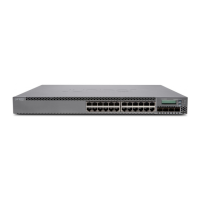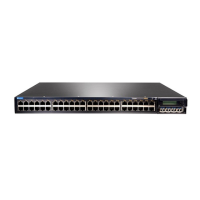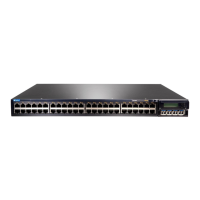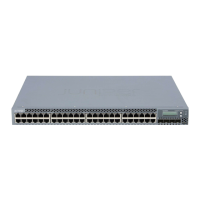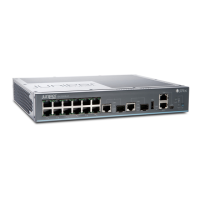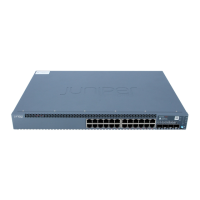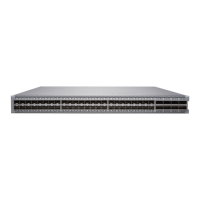Failure to include both port 67 and port 68 as described here results in most DHCP packets
not being accepted.
For complete information about configuring firewall filters in general, see Routing Policies,
Firewall Filters, and Traffic Policers Feature Guide.
Related
Documentation
Example: Configuring a DHCP Firewall Filter to Protect the Routing Engine•
• Extended DHCP Local Server Overview on page 22
• Extended DHCP Relay Agent Overview on page 46
• Understanding Dynamic Firewall Filters
Verifying and Managing DHCP Local Server Configuration
Purpose View or clear information about client address bindings and statistics for the extended
DHCP local server.
NOTE: If you delete the DHCP server configuration, DHCP server bindings
might still remain. To ensure that DHCP bindings are removed, issue the clear
dhcp server binding command before you delete the DHCP server configuration.
Action To display the address bindings in the client table on the extended DHCP local server:•
user@host> show dhcp server binding routing-instance customer routing instance
• To display extended DHCP local server statistics:
user@host> show dhcp server statistics routing-instance customer routing instance
• To clear the binding state of a DHCP client from the client table on the extended DHCP
local server:
user@host> clear dhcp server binding routing-instance customer routing instance
• To clear all extended DHCP local server statistics:
user@host> clear dhcp server statistics routing-instance customer routing instance
Related
Documentation
• CLI Explorer
37Copyright © 2017, Juniper Networks, Inc.
Chapter 2: DHCP Local Server

